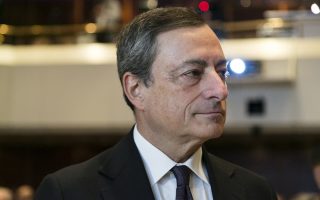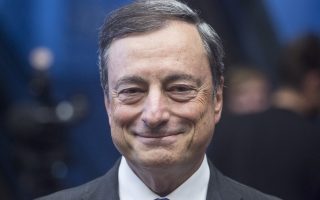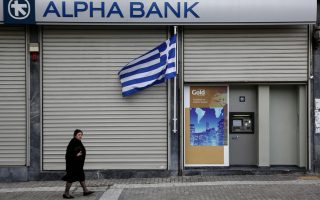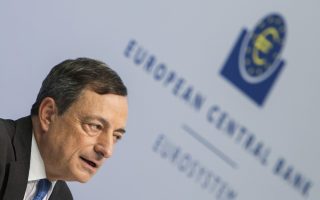Draghi’s ‘adequate’ stimulus seen just enough for inflation
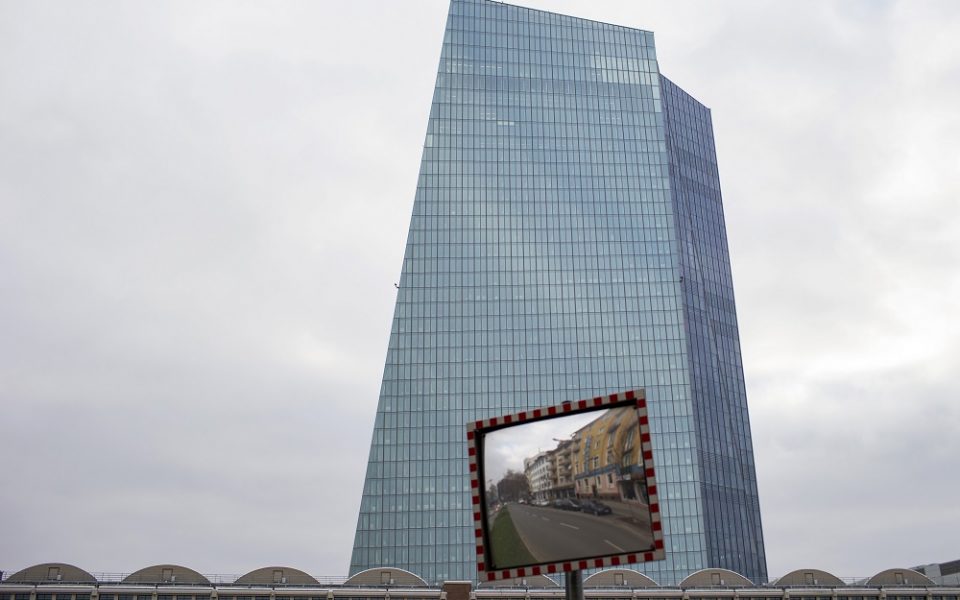
Mario Draghi’s message is starting to sink in.
After the European Central Bank president labeled a package of fresh stimulus an “adequate” response to increasing downside inflation risks, 60 percent of economists in a Bloomberg survey said he won’t have to announce further measures. Eighty-five percent of those polled said Draghi will bring price growth back in line with the ECB’s goal of just under 2 percent before his term ends in October 2019.
The nascent embrace of the ECB’s latest loosening, including a cut in the deposit rate and an extension of its asset-buying program, comes after Draghi said on Dec. 3 that the measures need time to be “fully appreciated.” Investors initially expressed their disappointment in the plan by sending the euro and bond yields surging and equities tumbling, before turning their attention to the looming interest-rate increase by the Federal Reserve.
“Whether the ECB will have to add stimulus is a close call,” said Holger Sandte, chief European analyst at Nordea Markets in Copenhagen. “But if the baseline scenario holds, with the Fed hiking, the euro weakening further and the recovery continuing, it shouldn’t be necessary.”
Prepared to act
While policy makers including ECB Vice President Vitor Constancio have indicated that the latest measures will be sufficient to raise the region’s inflation rate from 0.1 percent currently toward 2 percent, they’ve also stressed that they are prepared to act again.
“Draghi has made it clear that the door remains open to further monetary easing if required,” said Alan McQuaid, an economist at Merrion Capital in Dublin. “Clearly, a lot will depend on the economic growth and inflationary fronts.”
The ECB president has an opportunity to provide an updated assessment in a speech in Bologna, Italy, later on Monday. The 25-member Governing Council holds a non-policy meeting on Wednesday.
Euro-area industrial production rose 0.6 percent in October from the previous month, twice as much as economists had forecast, according to a report on Monday. From a year earlier, output was up 1.9 percent.
In the Bloomberg poll, 29 of 48 respondents see no need for further policy action. Of the minority who predict more stimulus, almost 40 percent say it will come in March. About three quarters of those forecasting the ECB will act again expect an increase in monthly asset purchases from 60 billion euros ($66 billion) currently, with 37 percent opting for another cut in the deposit rate.
The policy package Draghi presented at the start of the month included extending quantitative easing by six months and broadening the range of purchasable assets. The ECB also committed to roll over maturing bonds, cut the deposit rate to minus 0.3 percent and pledged to lend banks as much money as they ask for through the end of 2017.
“We are confident that these decisions actually are adequate to achieve our objectives,” Draghi said at the time. He also presented new economic projections that see inflation in the 19-nation region averaging 1.6 percent in 2017.
The 85 percent of respondents who said the ECB would reach its price-stability goal before Draghi’s term ends compares with 78 percent in a survey before the policy announcement. What’s more, 87 percent see the Italian raising at least one of the ECB’s key interest rates before the end of his eight-year term.
Erwin Langewis, an economist at NIB Capital in The Hague, said he expects the December rate cut to be the last one of the cycle.
“Rates could be hiked starting somewhere in 2017,” he said.
[Bloomberg]

